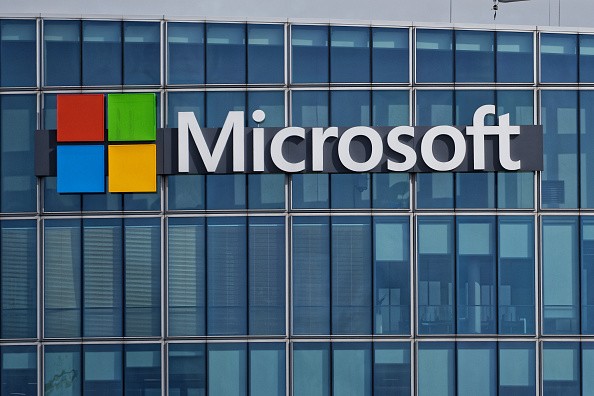Windows 10 users are still getting Microsoft's PC Health Check app installed on their devices, even if they didn't install it themselves.

WindowsCentral reports that these forced reinstalls are coming with official Windows 10 updates, specifically the KB5005463 update. Any device currently running the version 2004 build (i.e. the May 2020 update) is entitled to get KB5005463.
The PC Health Check app can technically do a lot of useful things for a Microsoft Windows device. For one, it can help manage startup programs, battery capacity (for portable devices) and even synchronize preferences across multiple machines.
However, it has gained a recent reputation for allowing users to check if their devices can run Windows 11.
The app did cause widespread confusion when it started telling people that their devices cannot install the latest Microsoft OS even if the rest of their hardware is well beyond the official system requirements.
Windows 11 is now out on several eligible PCs, but not all of them. Microsoft did say that other eligible Windows 10 machines will get the free update by next year.
Why Are Windows 10 PCs Still Getting The App?
Two days ago, it was revealed that Microsoft will be pushing PC Health Check to all Windows 10 PCs, as reported by PC World. That's the short answer.

The app is intended to be some sort of aid for the transition from Windows 10 to Windows 11. By serving as a dashboard of sorts. As previously mentioned, users can view their systems' overall software and hardware status using PC Health Check.
But for those who want absolutely nothing to do with the app, you can just easily uninstall it by going to Settings > Apps > Apps & Features > App List. Find the PC Health Check app, then click Uninstall.
But while Windows 10 users will keep seeing the app, Windows 11 users won't. According to PCMag, Microsoft themselves have confirmed that people who have upgraded to the latest OS will not be getting the app.
For some reason, though, a few people have reported that PC Health Check will keep reinstalling itself even after being deleted manually. Microsoft is currently looking into the problem, which they consider an "unexpected behavior."
A lot of problems have also forced the re-release of PC Health Check in recent times.
Should You Just Roll Back Windows Update?
If the controversial app keeps reinstalling, you might think of rolling back Windows 10 updates just to get rid of it. However, this is not recommended.
You can roll back to your previous OS version prior to the KB5005463 update. Microsoft Support has a guide on how to do just that, but the actual process is a bit time-sensitive.
In other words, you can only roll back Windows 10 updates for a limited time. But since these updates almost always contain critical files and programs that likely deal with security, try not to roll back whenever you can.
This article is owned by Tech Times
Written by RJ Pierce
![Apple Watch Series 10 [GPS 42mm]](https://d.techtimes.com/en/full/453899/apple-watch-series-10-gps-42mm.jpg?w=184&h=103&f=9fb3c2ea2db928c663d1d2eadbcb3e52)



